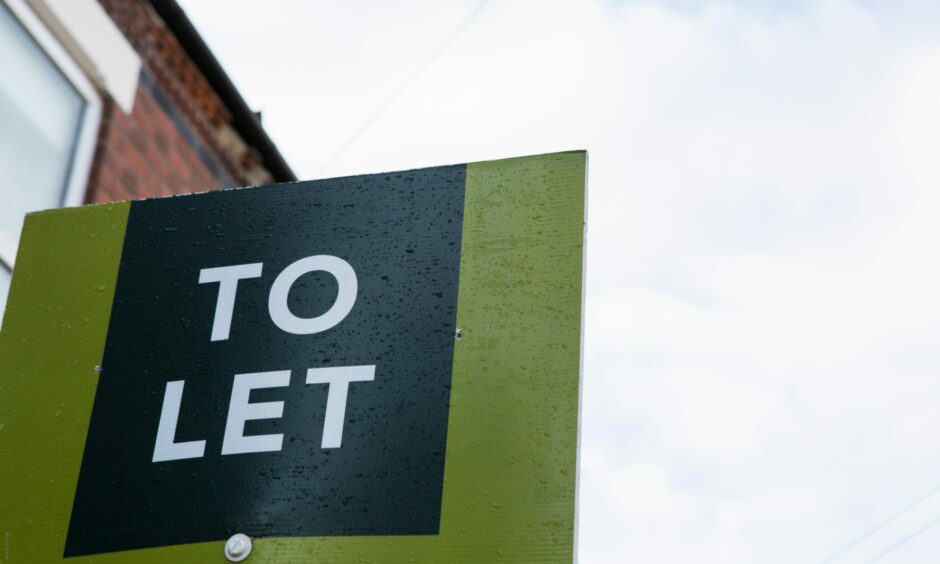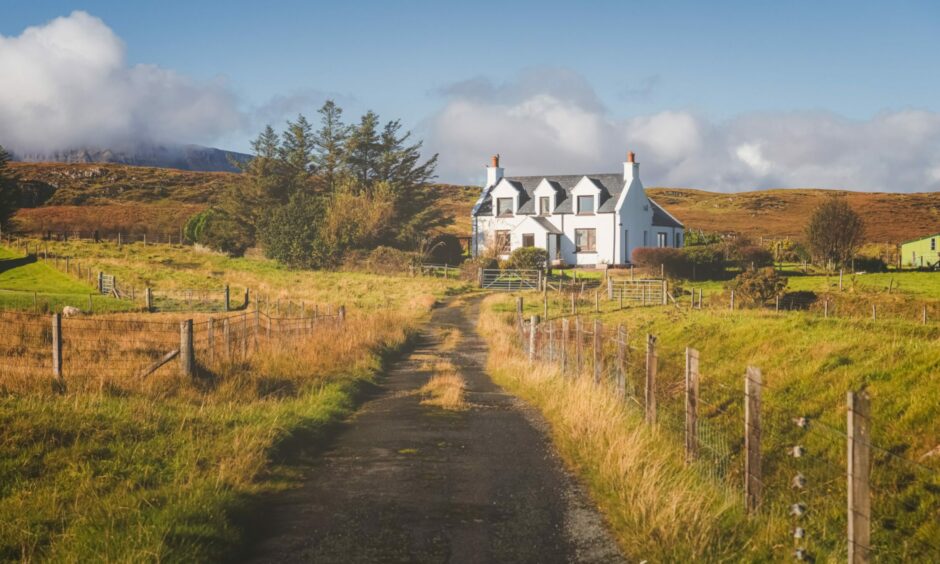Rural businesses take many shapes and forms and often there is a high degree of interconnectivity not just between individual businesses, but also between enterprises within a single business.
What underpins much of rural business is people, and there has long been an identified shortage of suitably qualified people to live and work in rural Scotland, which will enable all of us to meet the myriad of challenges faced.
Going hand in hand with people is affordable housing.
Many areas suffer from a lack of housing for different reasons, from over population of second homes to just a lack of buildings to meet local needs, and this lack of housing can create and sustain urban drift as skilled and young people move into centres of population in pursuit of jobs and houses.
The private rented sector in rural Scotland is pivotal to this and it is vital that there is an ample supply of good quality affordable housing in all areas to ensure we can have people who drive the economy and community.
The Scottish Government is seeking to review the private rented sector through a ‘New Deal for Tenants Strategy’ which seeks to hand greater powers to tenants, including the ability to decorate homes, the right to have pets in rented homes and a review of grounds for eviction.
Also under review is the potential to introduce rent controls which would restrict the amount landlords can increase rent and enable adjudication where the rent can only be reduced or held at the level proposed by the landlord.
Evidence shows that in rural areas private rents have increased by less than inflation in the past 11 years, with Aberdeenshire seeing a 1% increase in this timeframe, compared to more than 40% for both Edinburgh and Glasgow, well above inflation.
The suggested strategy also looks at tied cottages for workers, proposing that those in these houses should have enhanced rights of tenure meaning their employers cannot automatically recover possession once employment ends.
There is a similar proposal for farm tenancies.
In an agricultural holdings setting, if the house is not available for an incoming tenant then it greatly reduces the ability to let the farm.
Similarly, if a tied cottage cannot be recovered then it cannot be offered to a new employee, even if it is an essential part of the role such as animal welfare.
The Coronavirus (Recovery & Reform) (Scotland) bill is also making its way through parliament.
The rationale for the bill is to make permanent powers which were introduced due to the public health emergency and to look to reduce the burden on services such as the justice system.
However, this bill also includes making permanent the removal of statutory reasons for obtaining vacant possession of a property, such as non-payment of rent or for the property to be sold.
Instead, a landlord would need to apply to a tribunal who would weigh up the issues for the tenant and landlord before making a decision.
Currently this process takes up to nine months, on top of the period prior to the notice of eviction, meaning in many cases rent is unpaid for up to a year before eviction can be carried out with little prospect of recovering this money.
While all of this sounds very appealing for current tenants, it could be disastrous for future tenants.
A recent survey of Scottish Land & Estates (SLE) members suggests around one-fifth of current rental properties may be removed from the market due to the increased risk and regulation of the sector and this would be disastrous for rural Scotland where there is already a shortage of affordable homes.
We urge Scottish Government and all MSPs to consider the wider implications of legislation beyond the short-term benefit for some: the availability of private rental properties in rural Scotland is essential but is in a perilous position.
Stephen Young is head of policy at Scottish Land & Estates.


